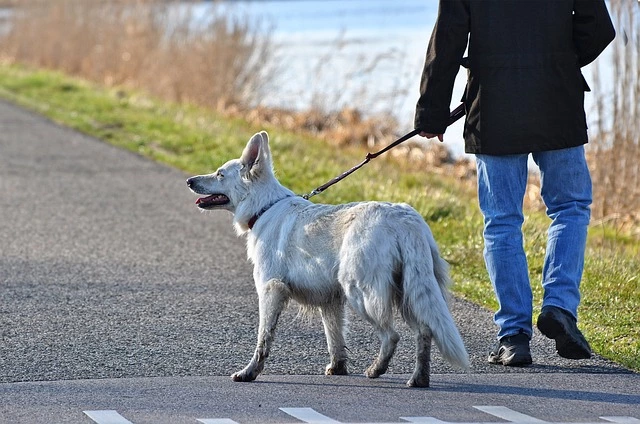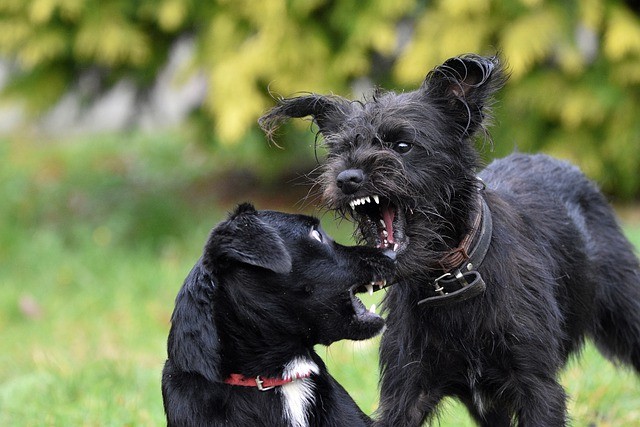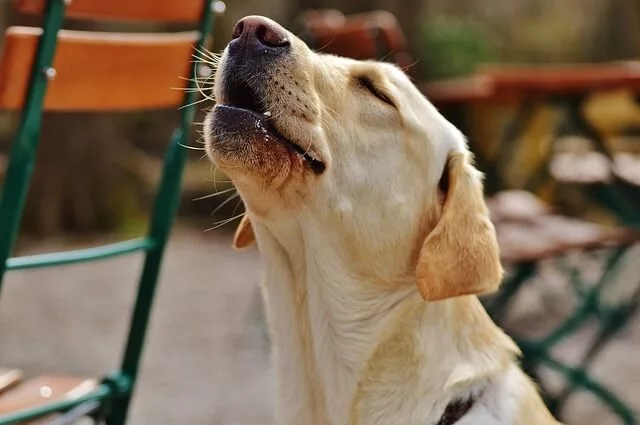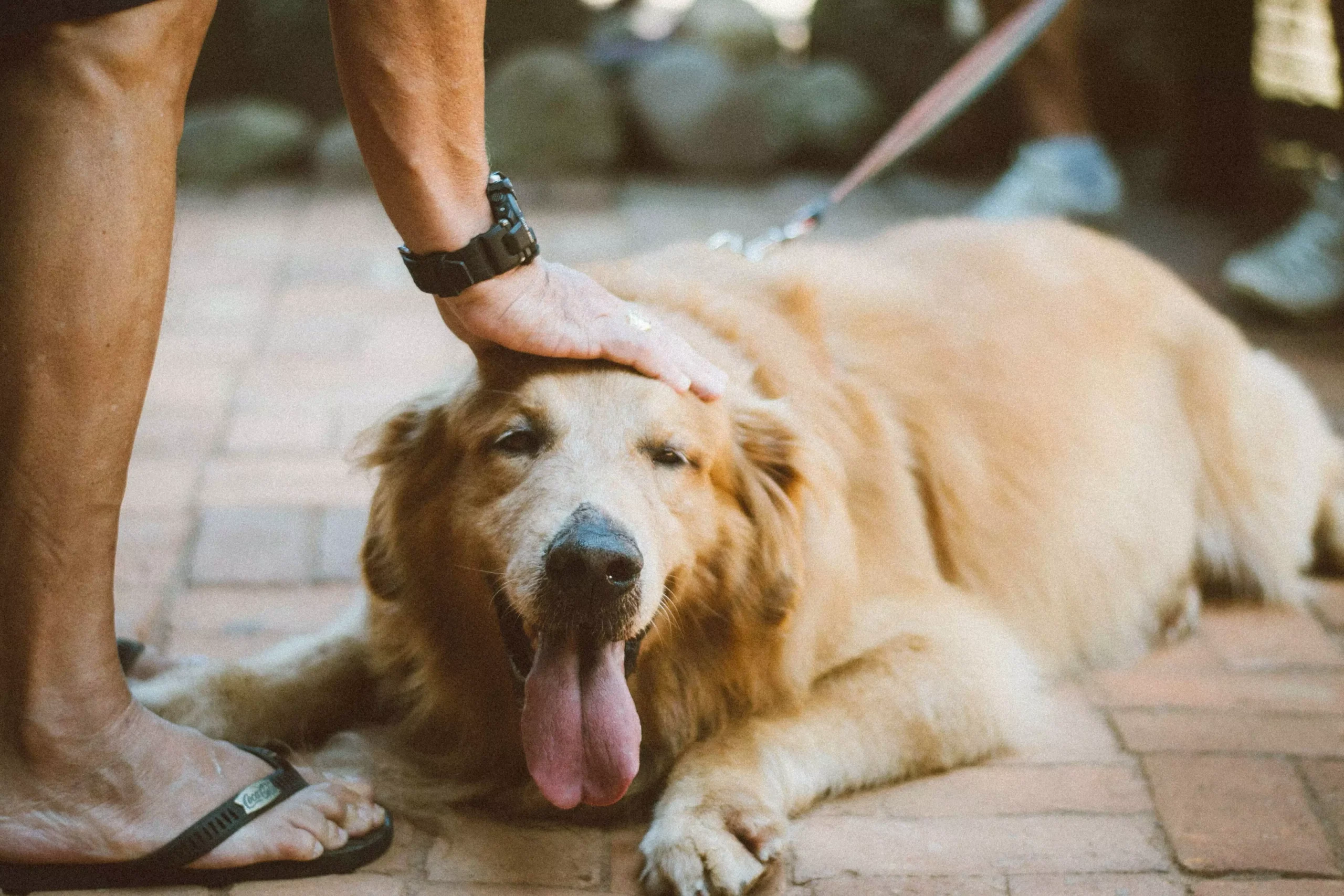*by [Your Name]*
—
**Introduction**
Having a well-trained dog is essential for a harmonious relationship between you and your furry companion. One crucial command every dog owner should focus on is teaching their dog to come when called. Whether you want to ensure your dog’s safety or simply want to enjoy off-leash adventures, a reliable recall command is a must. In this article, we will delve into effective techniques and strategies for training dogs to come when called from the yard. Read on to discover the secrets to a successful recall!
—
**Understanding the Importance of a Reliable Recall**
Before we dive into the training techniques, it is vital to grasp why teaching your dog to come when called is so crucial. A reliable recall can:
1. Ensure your dog’s safety: When faced with potential dangers like approaching vehicles or aggressive animals, having your dog respond instantly to your command can prevent accidents or injuries.
2. Provide off-leash freedom: A well-trained dog that responds promptly to the recall command can enjoy the freedom of off-leash playtime, enabling them to exercise and explore in a controlled environment.
3. Strengthen the bond: Establishing trust and communication through training will enhance the bond between you and your dog, creating a happier and more fulfilling relationship.
—
**Step-by-Step Training Guide**
1. Start with a solid foundation: Before teaching your dog to come when called from the yard, ensure they have mastered the command indoors or in a controlled environment. This creates a strong foundation for outdoor training.
2. Use a long leash: Begin training in a confined outdoor space, preferably a fenced yard. Attach a long leash (10-20 feet) to your dog’s collar to maintain control while allowing them some freedom to explore.
3. Choose an enticing reward: Identify a reward that highly motivates your dog, such as their favorite treat or a beloved toy. This will serve as positive reinforcement during the training process.
4. Establish a recall cue: Select a distinct recall cue, such as “come” or “here.” Use this cue consistently throughout the training sessions to create a strong association in your dog’s mind.
5. Create a positive association: Whenever you use the recall cue, make it a positive experience for your dog. Use an enthusiastic tone, offer treats or praise, and maintain an upbeat demeanor to encourage your dog’s response.
6. Start in a distraction-free environment: Begin training in a quiet area with minimal distractions. Call your dog using the recall cue and gently tug on the leash if needed to guide them towards you. Reward them generously when they reach you.
7. Gradually increase distractions: As your dog becomes more reliable in a distraction-free environment, gradually introduce mild distractions, such as toys or mild noises. Reinforce the recall command and reward them for their response.
8. Practice in different environments: To ensure your dog’s recall is solid in various settings, gradually transition to new locations with increasing distractions. Repeat the training process, reinforcing the recall cue and rewarding their successful response.
—
**FAQs: Frequently Asked Questions**
**Q: How long will it take to train my dog to come when called?**
A: The training duration can vary depending on various factors such as your dog’s breed, age, previous training, and consistency in practicing the recall command. While some dogs may learn quickly, others may require more time and practice. Patience and consistency are key.
**Q: What if my dog doesn’t respond to the recall command?**
A: If your dog doesn’t respond, avoid scolding or punishing them. Instead, analyze the situation and identify possible reasons for their lack of response. Evaluate distractions, distance, or potential fear/anxiety triggers. Adjust your training approach accordingly, seek professional help if needed, and continue practicing.
**Q: Can I use punishment to reinforce the recall command?**
A: It is crucial to avoid punishment when training your dog to come when called. Punishment can create fear or anxiety, making your dog reluctant to respond. Focus on positive reinforcement and reward-based training methods, ensuring a positive association with the recall command.
—
**Conclusion**
Teaching your dog to come when called from the yard is an investment that pays off in terms of safety, freedom, and a stronger bond. By following the step-by-step training guide and maintaining patience and consistency, you can achieve a reliable recall command. Remember, training is an ongoing process, so continue practicing and reinforcing the recall command throughout your dog’s life. Enjoy the benefits of a well-trained, responsive pup and cherish the moments spent together!









